Back in the days of the burgeoning Industrial Revolution, inventors were plentiful and always hard at work trying to bring something new to life.
People like Stephenson, Goodyear, and Morse paved the way (literally in some cases) for those who came after. Soon, Ford was changing the way humans would transport themselves. There were famous inventions and great ideas popping up everywhere in the second half of the 1800s and early 1900s, and with very good reason.
As the saying goes, “Success begets success.” Developing an invention is essentially a product design guide, to use modern parlance, for the next person to come along and attempt to do the same thing but in their own, different way.
That being said, the world does not see quite as many major inventions in this day and age. It might seem to some as if the well of
Well, this is the exact question asked by inventors (what we might call disrupters today) in any industry or century, whether the 1850s, 1900s, or the 2010s. Furthermore, the way that individuals now go about developing an invention has in many ways not changed at all over the preceding hundred or so years. There are technical differences, but those are more a matter of degree than of kind.
Technology has progressed to the extent that most people can afford to own a piece of machinery that is more powerful than that which sent humans to the moon the first time. In other words, the world is now ostensibly “flat.” The only real barriers to entry anymore seem to be Internet access and some kind of specialized knowledge. Interestingly enough, the latter is something people can acquire using the former. What a concept!
This means that the true barrier to entry in developing an invention may only be that of time itself and the limitations thereof. Because of this, it is vital that people today – entrepreneurs, inventors, disrupters, and others – have a robust product design guide for getting their new creations out of their heads and off the ground as substantially as possible.
In other words, anyone developing an invention needs to have in mind the process itself, along with its customary obstacles and limitations, in order to craft their invention with efficiency and confidence every step of the way.
The Invention Product Design Guide: Preparations Checklist
Before doing anything else (or spending too much money), it is well worth going through the following checklist of invention development considerations. When it comes to developing an invention, there are so many things that can go wrong.
As Murphy’s Law puts it, “What can go wrong will go wrong.” With that in mind, having a sober-minded awareness of whatever variables may exist along the way at the very start will enable you to either move forward with assurance and conviction, modify the invention to meet whatever the market’s current needs may be, or even set the project aside, perhaps, in favor of a better alternative. If you had one idea, there is a good chance another will present itself to you as well. (You aren’t a one-trick pony!)
Product Uniqueness
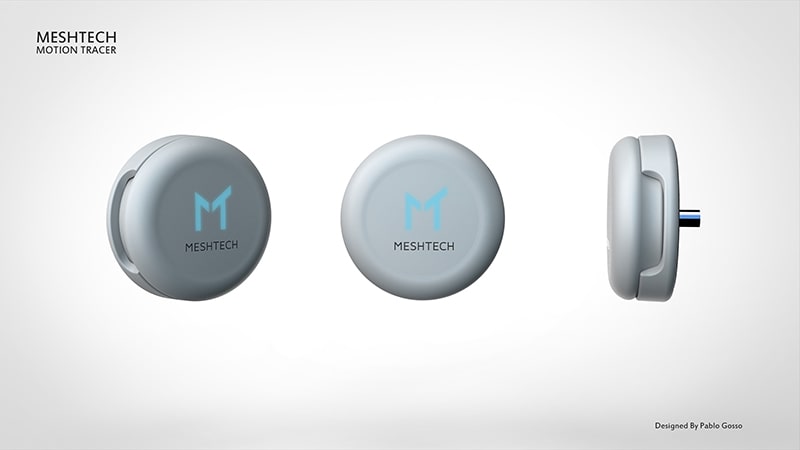
It is important to be sober-minded about your invention, and consider the fact that it is highly unlikely that your first invention idea is actually novel. It’s an unfortunate reality, but true nonetheless.
The mere fact that you haven’t noticed a similar product on the market does not preclude this from being the case. The problem with many “new” inventions is that people simply aren’t aware of specialty stores, catalogs, and companies that offer these particular (sometimes, even peculiar) wares.
You need to do some serious digging online in search engines, forums, and find the right prototype design company. It is possible you will even need to go to the library or search in print trade catalogs to be completely sure that your product idea does not already exist in some form.
To be truly confident this is the case, you will probably need to pay someone to conduct a patent search. This is the first major amount of money you will spend, in all likelihood. Ordinarily, a bona fide patent search will cost you somewhere in the neighborhood of $1,000. This means that you may have to actually spend money before you even know whether you can put more money (and time and other resources) into your idea.
It may be disheartening, but it is far better to have this information now, at the outset, than it would be to discover it along the way, likely
Engaging a Manufacturer’s Interest
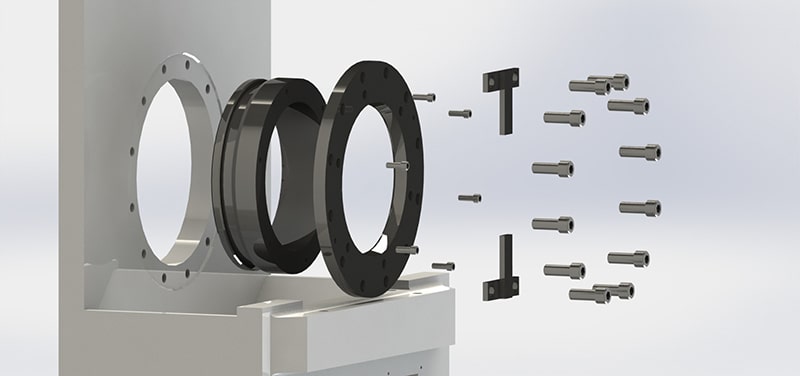
If your idea is actually original, then you should first pat yourself on the back. That is quite a feat! Don’t spend too long in the self-congratulatory phase though, because you may have another issue to contend with.
Most of the time, companies and/or manufacturers are not in the habit of seeking new products or service ideas. They will generally have a long waiting list of products of their own that either will be or are already in research and development. The chance is quite slim that your product idea is so superior to anything they have in their existing operational queue that a company would choose your invention over their own projects.
As you are developing your invention, keep this in mind as well: you may very well have to bootstrap the development and the production of your invention in order to get it out to the world.
At the end of the day, the cost of getting a product made is very steep and companies cannot often afford to invest a) in too many products at once due to the exorbitant cost or b) in products that do not have a proven need in the market, as they do not have a clear or foreseeable return on investment (ROI).
Intellectual Property Rights
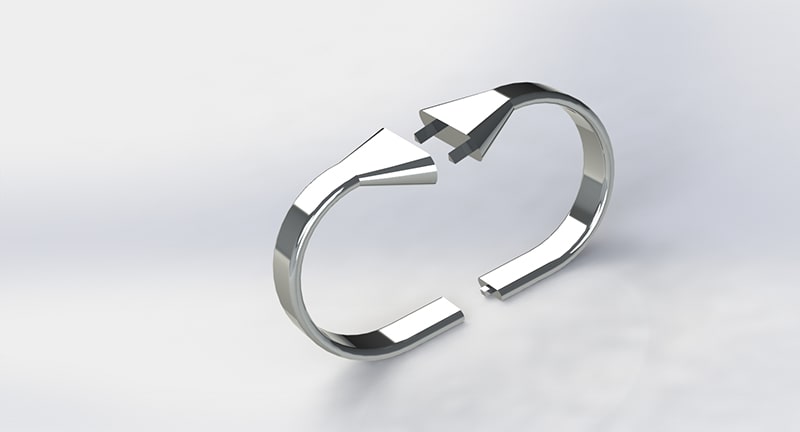
A final consideration is IP, or intellectual property rights. The protection that your product requires might simply be too difficult to obtain or to maintain feasibly.
Consider the fact that patents really only cover your exact design and implementation specifications. They do not protect the intended purpose(s) or function(s) of your inventions and/or products.
As such, anyone with more (or better) resources can easily swoop in and design something that works as well as (or better than) your own invented product. Then, they can market it with their vast network and internal team to the entire world, effectively wiping out you and whatever progress you’ve managed to build.
While this probably sounds like something you should be able to defend against with a patent (provisional or otherwise), in many cases, sadly, it is not.
Because of all this, you need to think very carefully as to how easily someone might be able to replicate the purpose or function of your new invention. If your product solves something that needs to be fixed, that’s great, but if your solution (however proprietary) can be swiftly copied, your success will be quite short-lived.
The Modern Product Design Guide for Beginning Inventors
Patenting
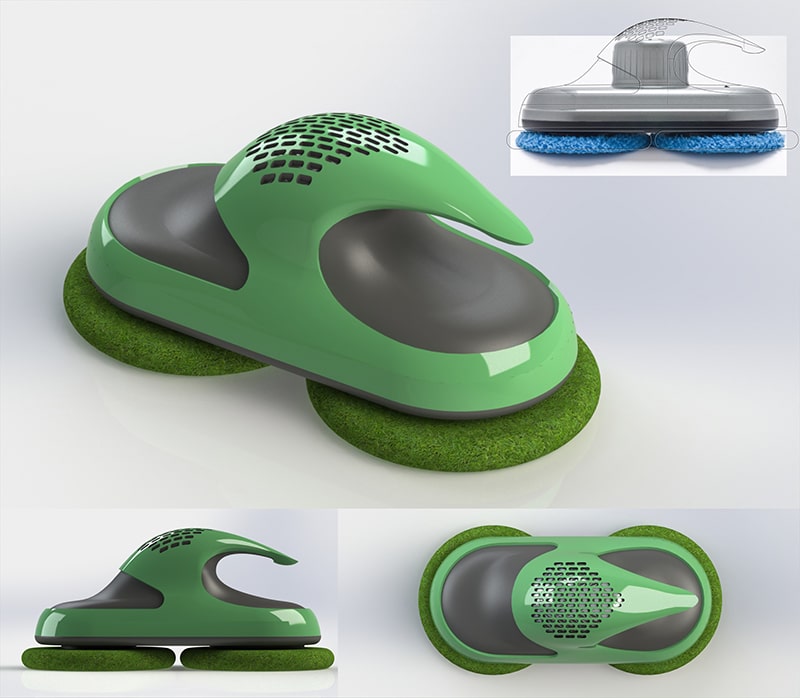
No matter how far along you may be in the process of developing your idea, the very first thing you want to do is make sure that it hasn’t been done already, as discussed in the previous section.
If this is the case, then the next thing you need to do is to protect your idea. The most basic and essential protection any inventor can come by is the age-old patent. File a patent application (again, this can be provisional at first) with the U.S. Patent and Trademark
The process of getting a patent can be very long and incredibly tedious. You will want to pay someone to do this work for you. This way, you are freed up to keep working and developing an invention that might ultimately save the world. Or at least catch mice a bit better.
Identifying Product Type
Once all the rather boring (yet truly vital) patent stuff is out of the way, it is time to consider what your actual product would entail and how to go about making it a reality.
For starters, you need to think long and hard about whether your idea is something wholly and completely new, or whether it is “merely” an improvement on an existing idea, service, or product. Both are important and can be profitable, but it is essential that you know the difference and work toward the specific aim that you intend to complete.
On the one hand, you are creating something the world has never seen, while on the other, you are most likely crafting something that will enhance an existing product or structure.
Researching the Development Process
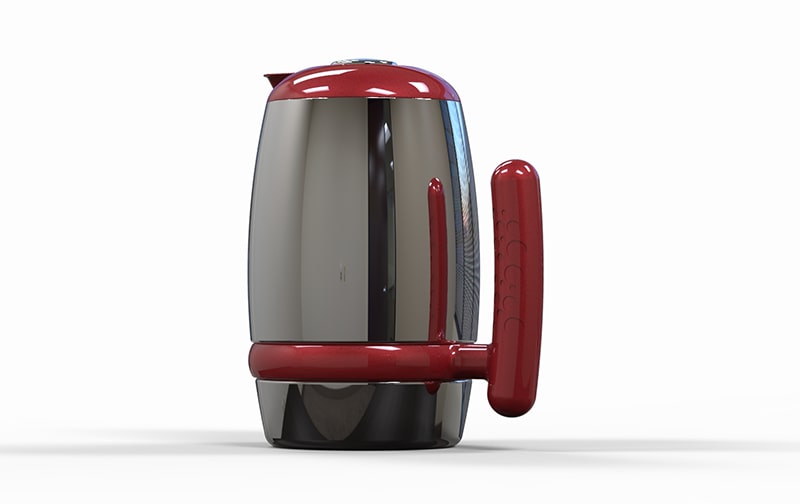
Once you’ve outlined all this information for yourself, do some research on the practical process of
If a new inventor is unable to commit even this little bit of time to their project, they are probably not suited to the much longer and more difficult task of the invention itself.
This process will enable you to understand the full scope of the logistics involved. It also has the benefit of enabling you to figure out for yourself whether you have what it takes to see your idea through from light bulb above your head to finished product on the conveyor belt years later.
Yes, you read correctly. Years later.
Inventions take a considerable amount of time and research and labor. If they are anything at all, inventions begin as labors of love, because there is no guarantee in the slightest that it will pan out or become remotely profitable. If you can live with that outcome, then you are ready to begin.
Deciding on a Management Approach
After thinking through the possibilities and doing some cursory planning, take stock of your own current commitments. Be honest with yourself and decide whether you have the time to work on the project of developing
That is part of what this product design guide is intended to do: to help you help yourself. While outsourcing can become expensive very quickly, it will all depend on the nature of the invention itself and will almost definitely become necessary at some point along the way. This usually comes in the form of three areas: technical expertise, experience, and/or equipment.
If you want to build something, someone will need to know the structural details involved. If you want to market something, someone will have to know how to do that effectively. If you want to have a working prototype, someone will need to have that machinery in place. In other words, at some point you will not be a “one-man band” anymore. You will need to have extrinsic sources as well.
Licensing
If you don’t have the time to do it yourself or the finances to enlist help, you may want to consider licensing. Licensing a new invention idea allows you to choose a partner to basically do all the heavy lifting. The logistics of a partnership will vary considerably on a case-by-case basis, but the essentials remain the same.
Licensing is also very difficult, especially in the early idea stages. The mere task of locating someone with the requisite skillset, machinery, and/or interest is hard enough. Seeing it through to the end with your partner and ensuring both sides are equitably represented in the final outcome is another demanding task altogether.
Developing an Invention: Where No One Has Gone Before
It should be quite clear from the above discussion that developing an invention, getting it patented, marketed, licensed, produced and manufactured, and eventually making it profitable, is a monumental task.
Anyone who is able to complete this has accomplished something quite incredible indeed. If you still want to pursue developing your invention, then let’s look at what other aspects of the process might turn out to be of help to you along the way. When it comes to developing an invention, the more help, the better.
Planning
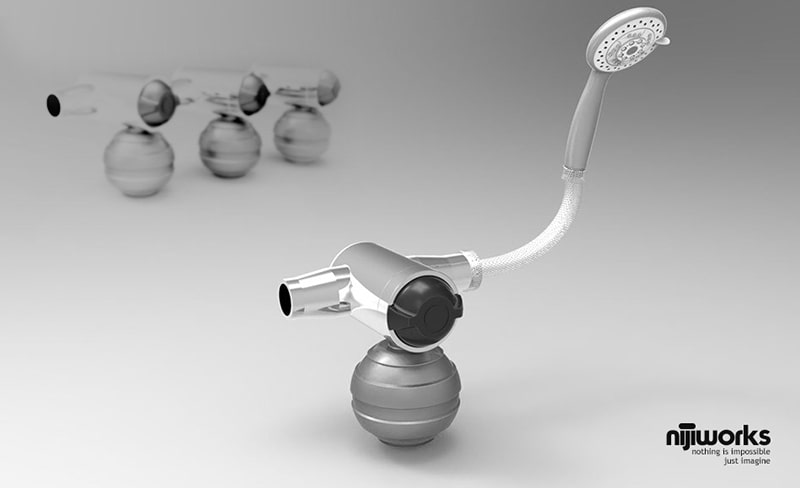
To build a better mousetrap (a phrase by which inventions are often known) you need to complete a series of tangible steps with the utmost precision.
This will give you the confidence to proceed at each level of the process knowing that you’ve done everything the right way. Nothing can “guarantee” that you will be able to succeed in your undertaking. Few enterprises in life come with that particular, special kind of offer. (If you find one, please do let us in on it!)
What you can do, however, is plan as much as humanly possible to foresee as many outcomes as might present themselves to you, or to those in your inner circle. One of the key features of most successful endeavors is accounting for the unknown, which is to say: the future.
If you are able to imagine numerous obstacles, then you have a better chance of preparing yourself for them ahead of time. As such, it stands to reason that you will also have a much higher probability of succeeding overall. Going full speed ahead, head-first, as it were, will not likely result in anything but frustration and, ultimately, failure in your project. Plan, plan, plan. Then plan some more.
Assessing the Competition
So much of developing a new invention is research and planning, rinse and repeat. As such, some of this may seem repetitive, but it is only to ingrain the process as thoroughly as possible in the new inventor’s mind.
After all, it is the inventor’s responsibility (yours!) to ensure that your new invention idea is actually new, as we discussed earlier. Along these same lines, you also want to know what appears on search engines when people conduct their own product research for ideas like your own.
To take this a step further, it is advisable that you also dig a little deeper beneath the surface and take a look into who your competitors might be in your invention’s market space. Keep track in a spreadsheet and update it whenever you discover new information.
Mark off who they are (online, overseas, or brick and mortar); how their similar products may be faring (current trends, developing interests, etc.); packaging, customer reviews, and price points for all of these items.
This will all help you to better imagine your ideal customer and his or her needs and desires. Ultimately, this stage of the planning and research process will give you an even better idea as to how your invention idea might do and what it would take to get you there successfully.
Benefits of Researching Your Competitors
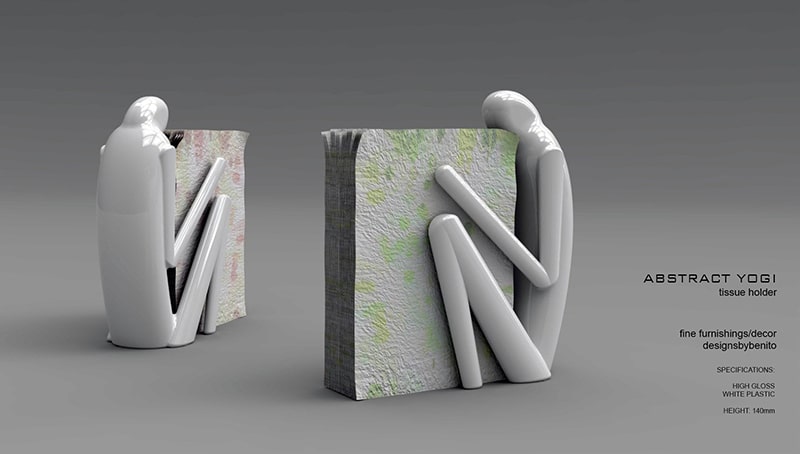
On a few more “tangible” notes, you need to know what materials are necessary to make the product that you are currently developing. It makes sense that materials play into cost at least as much as any other single factor. It would, therefore, behoove you to understand what the requirements and limitations might be before getting started with the project’s manufacturing.
In this same way, get a sense of what products in this space are actually called. As in, what are their marketed names? When people think cookie, they often think of Oreos. For bandages, it’s usually Band-Aids. For a copy machine, it was Xerox for a very long time (and likely still is in some circles).
What do consumers think of when they consider your product’s market and space? This aspect of research has many practical and tangible applications.
For one, it will help guide you as you work on your own project. Secondly, you will need a name for the invention that you are developing, so knowing competitors’ product names may ultimately lead you to your own invention idea’s moniker.
Developing an Online Presence
Finally, you need a website. Any reputable institution, organization, or entity of any kind needs a functioning website that people (or investors) can visit to learn about their information, products, or services.
You and your invention are no different. Having a product name will allow you to do domain name research as well so that you can set up a website account and get started in the online space with your invention, all while you work offline on the logistics of the invention itself.
Product Design Investment Guide: How to Finance a New Invention Idea
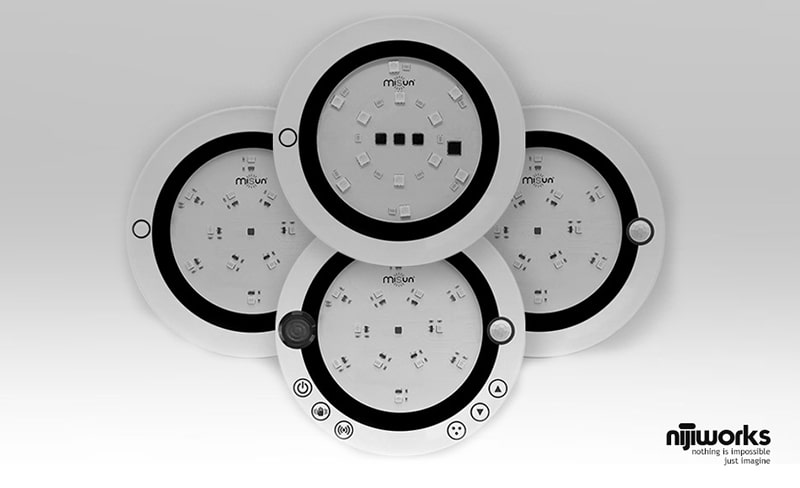
Ultimately, the facets of developing an invention that matter the most are the ones that you engage in every day. You need to make sure that every detail, no matter how seemingly small, is dealt with accordingly. Do all the research that you need to do upfront and continue to circle back with those aspects as often as possible.
Do all the research that you need to do upfront and continue to circle back with those aspects as often as possible.
At the end of this long road lies a series of presentations with investors or corporations (or both). If you haven’t done your own detailed examination and analysis (or R&D) along the way, you may end up with a product, but it will be very unlikely that a company or manufacturer will ever attach themselves to it.
If this turns out to be the case for you and your invention, it will likely never see daylight, and all that time, money, and energy will be somewhat wasted.
The primary pain-point for most inventions – if they are indeed novel ideas – is that they are simply not profitable. This is precisely why all this research is pivotal to your success.
Consider it from every angle: marketing, manufacturing, licensing deals, competition, etc. Anything and everything that you can think of: research it. Get expert opinions whenever possible.
As with any industry, it never hurts to have good connections. If you know someone that might be able to get you a little face time with a leader in your product’s space, take them up on it. Call in favors if you have to. Soak up every ounce of advice that you can because you truly do not know which piece of guidance will be the one that takes your invention to the next level or perhaps even triggers you to pivot or make modifications.
Outside of connections or financial resources or technical know-how, there are few things more important in developing an invention than feedback. Seek it early and often.
This doesn’t mean that you have to incorporate every single piece of criticism that someone provides to you. In fact, the more feedback you get, the better you will become at determining the good from the bad, the wheat from the chaff.
Feedback does the job of furnishing you with more perspective from which you can view your invention objectively. As time goes on and you become more and more attached to your invention and project, this is worth its weight in gold.
How Cad Crowd Can Help
Bringing Cad Crowd on board means that you can work with an exclusive group of the world’s greatest freelancers in nearly every engineering or design field in existence.
We have a community of engineers and designers all over the globe with years of experience, working across a wide range of software and within a diverse spectrum of businesses. Whatever your needs may be, Cad Crowd can help you get exactly where you need to go. We can meet every design solution, regardless of project field or scope.
We have the ability to help you by utilizing a range of the most updated programs. Our network is made up of the best experts using the highest quality current design software. Just let us know if there is a particular software program you need us to use and we will locate the perfect designer or engineer for your project.
If you are at the modeling phase of your invention, take a look at all of our product design services, for example, to get help to begin with that process. That said, Cad Crowd’s services are also at the disposal of clients who currently have models in-hand and need further help with the task of rendering or prototyping.
Cad Crowd is simply the best place to get invention design help, whether it’s product design, drafting, patent services, engineering, 3D rendering services, or prototyping. Learn how it works or get a quote to start working with us today.
